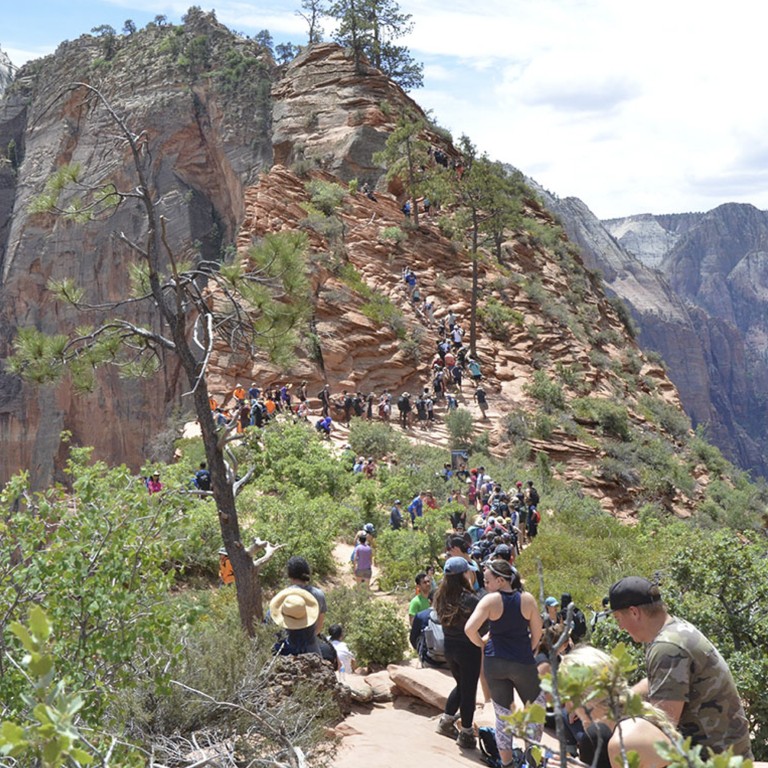
Instagram and TikTok influencers draw too many tourists, making destinations hard to book
- So much for going off-grid. Pent-up desire to travel as the pandemic eases, and viral social media posts, lead to booked out campsites, congested hiking trails
- Travel bloggers have mixed feelings about posts on social media – they want people to enjoy the outdoors, but not at the expense of the environment
Lauren Gay’s favourite outdoor escape isn’t what it used to be.
The 41-year-old, based in the US state of Florida, has been running her Misadventures of an Outdoorsy Diva adventure travel blog since 2013, writing travel tips for destinations all over the world. One of her “absolute favourite” escapes, however, was Weeki Wachee Springs State Park.
“Not now,” she says.
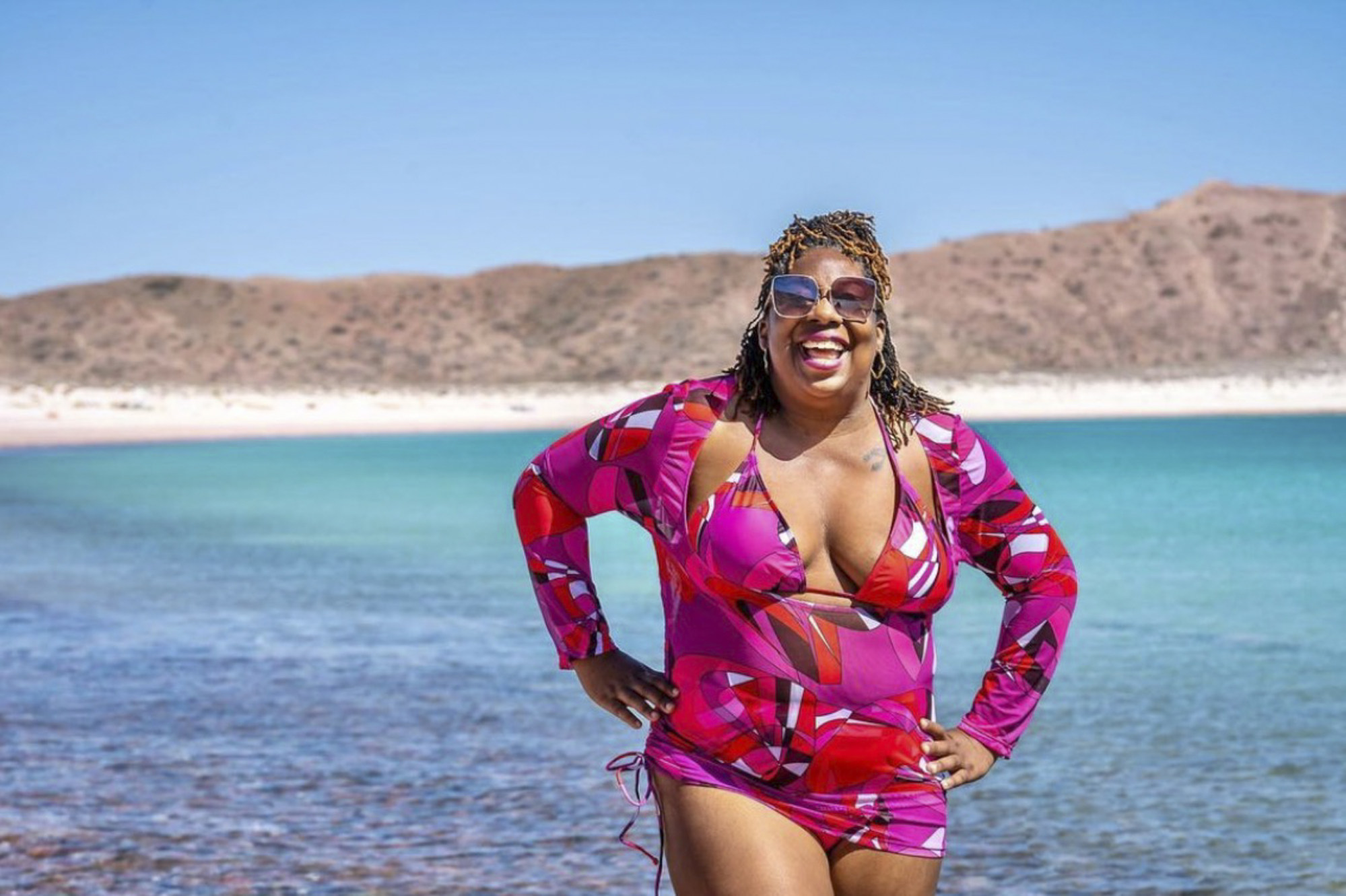
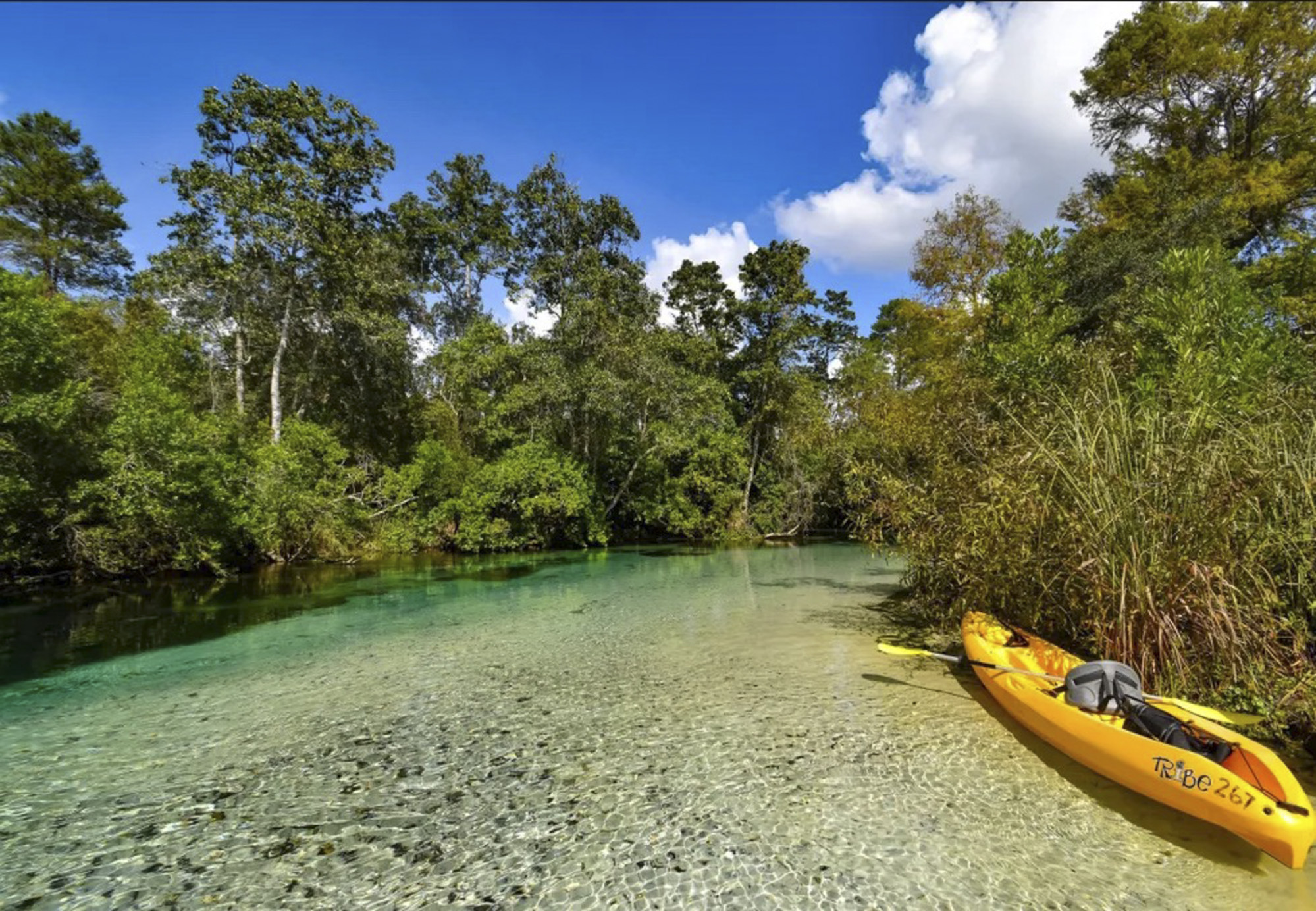
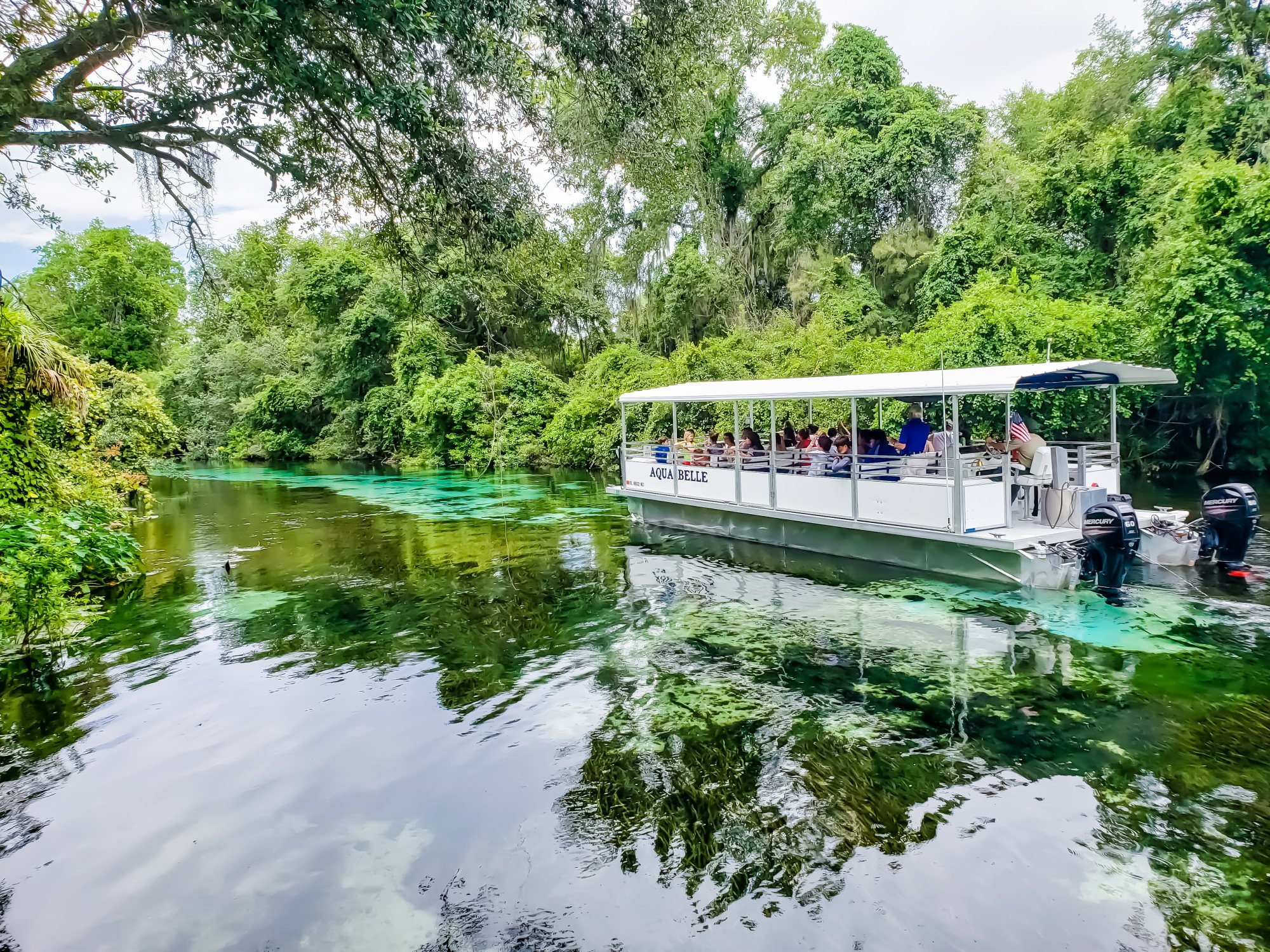
“It’s a slippery slope,” she says. “If you share it with one, you share it with all. You’re always going to run that risk of somebody seeing a place you talk about and it becoming very popular.”
Weeki Wachee isn’t the only destination that has blown up in recent months.
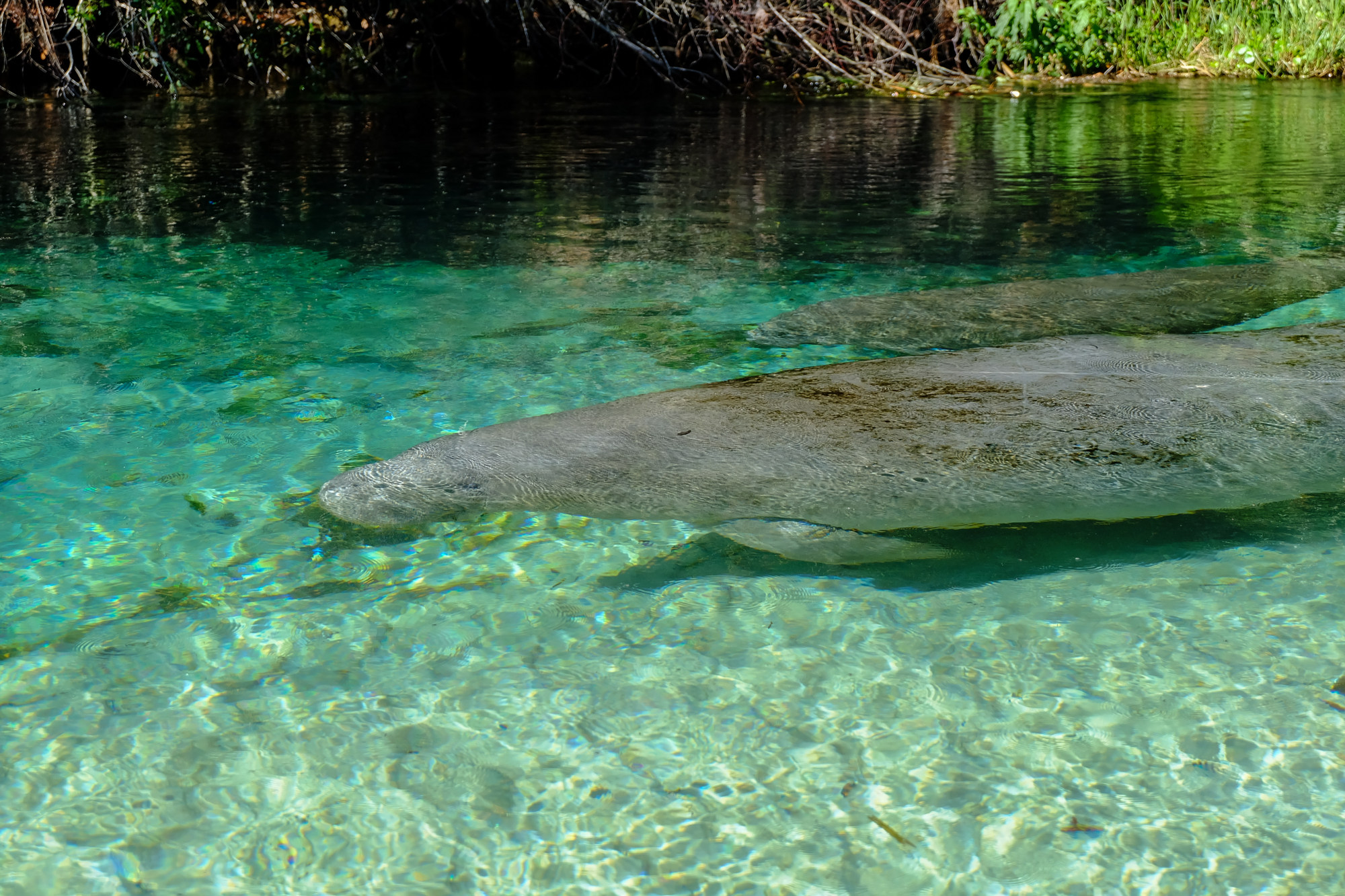
On TikTok, those two searches have garnered more than 6 billion views. The #travel hashtag has nearly 86 billion views on the app, while the #traveltok hashtag has 2.3 billion.
“Social media can be a very powerful force in influencing travel decisions,” says Kelli Burns, associate professor at the University of South Florida’s school of advertising and mass communications, who researches social media influencers.
“There’s a lot of pent-up desire among people to travel now, and so they are going to social media to look for where that destination could be.”
“Business in May and June was terrible for me. It was better for me during the fifth wave [of the pandemic],” says 32-year-old cafe owner Lucas So Chun-lam in Cheung Chau.
Travellers from all over the US have noticed their favourite hidden gems becoming more crowded.
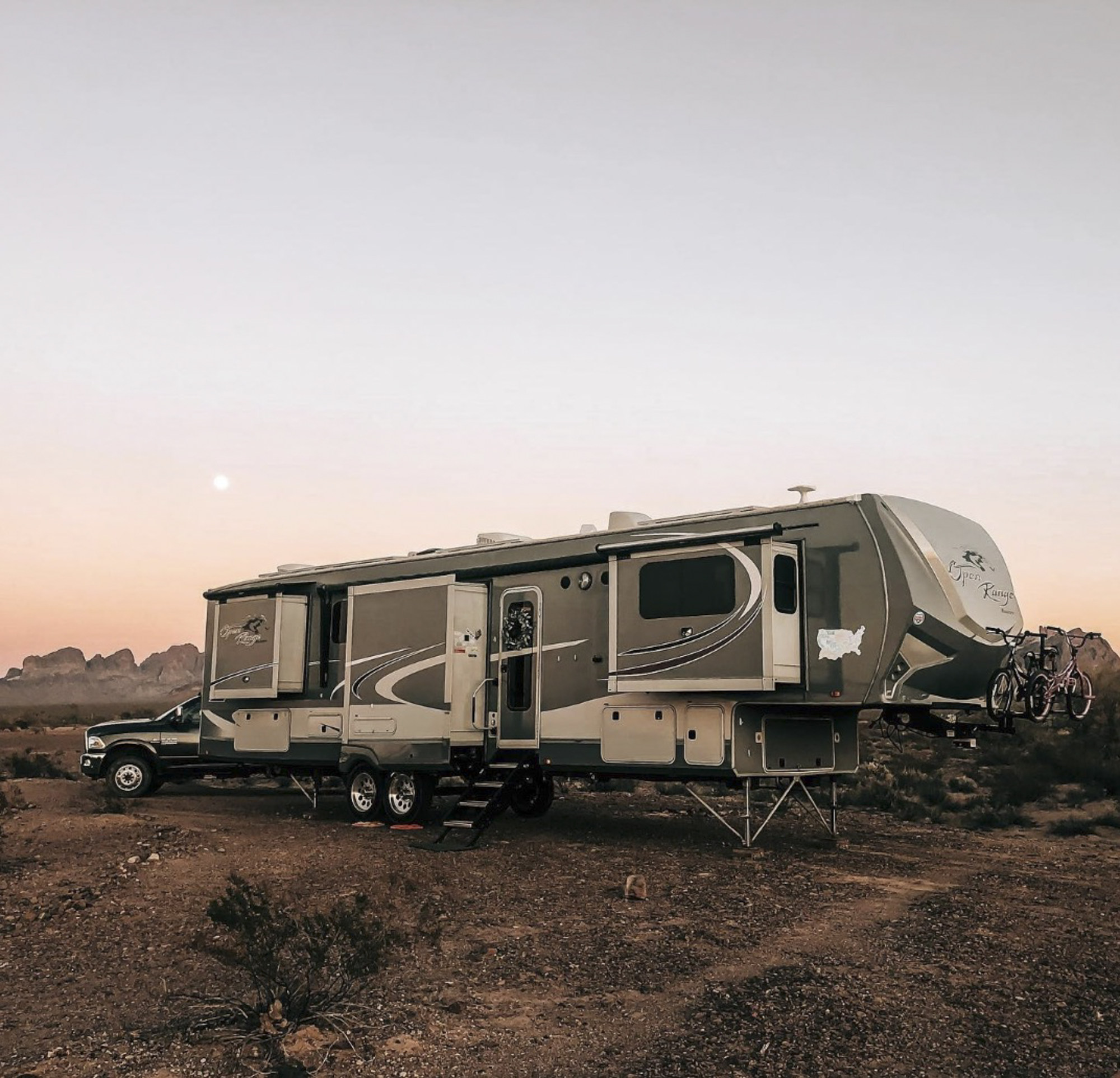
Nate and Christian Axness, who are on their sixth year of living full-time in a caravan with their two children, tend to do a lot of wild camping – setting up their caravan on land without water, sewer and electrical connections. The couple document their experiences as a nomadic family on their website, Project Trek.
“We started seeing the increase of travellers post-Covid,” Christian Axness says, pointing out that the pandemic led more people to the free, socially distanced spots with beautiful views. “It was just the perfect recipe for more people getting out.”
To see more people out there enjoying what I’ve known for so long – I hope that it makes the same impact on their lives that it has had on mine
When the family does try to reserve a campground spot, Christian makes sure to plan well in advance to claim a spot. Even that isn’t always enough.
Christian woke up early, brewed herself some coffee and got ready to hit the “reserve” button as soon as the link went live. The website told her there were 35 other people looking at the reservation page as the clock ticked closer to 8am.
She wasn’t fast enough.
“Six years ago, if I were waking up to reserve a spot, I would have never had issues with actually getting the spot. Nobody was waking up at 8am like me,” she says.
While pent-up demand has contributed to the uptick in travel and national park attendance over the past few years, the Axnesses believe social media platforms are also playing a role in crowd size.
First Kyoto yearned for fewer tourists, now it’s begging for their return
Christian points to a hike called Angels Landing, which has long been one of the most popular destinations in Zion National Park in Utah. A couple of TikTok videos of the trail from 2021 each have more than 250,000 likes, and video of the same trail in March 2022 shows a long line of hikers waiting for their chance to scale the rock formation.
The park has since started a permit system for the hike in response to overcrowding.
Despite the changes, the Axnesses say they don’t mind seeing more people on their adventures.
It is something that we’re thinking about more, as far as sharing locations and stuff, because these places can just get overrun
“When I see people outside … with their family, I’m not mad about that,” Christian says. “To see more people out there enjoying what I’ve known for so long – I hope that it makes the same impact on their lives that it has had on mine.”
Lauren and Aaron Grijalva, another pair of travel bloggers who caravan full-time with their two children, also say social media has made parks more congested. The two try to paint an accurate portrayal of what caravan life is like, including challenges like breakdowns, but see other posts glamorising the lifestyle.
“It’s kind of a double-edged sword,” says Lauren, who noted that the couple first started their travel blog and social media accounts to inspire others to join the caravan life. “We want people to experience it too, but at the same time, it is becoming harder for those of us who are already out here.”
Overtourism: 20 cities that could be the next ones to suffer
“It is something that we’re thinking about more, as far as sharing locations and stuff, because these places can just get overrun and overcrowded,” he says.
When the couple first began caravan life nearly four years ago, they were used to seeing national parks crowded in the summers and on holiday weekends. Now, it’s a problem year-round.
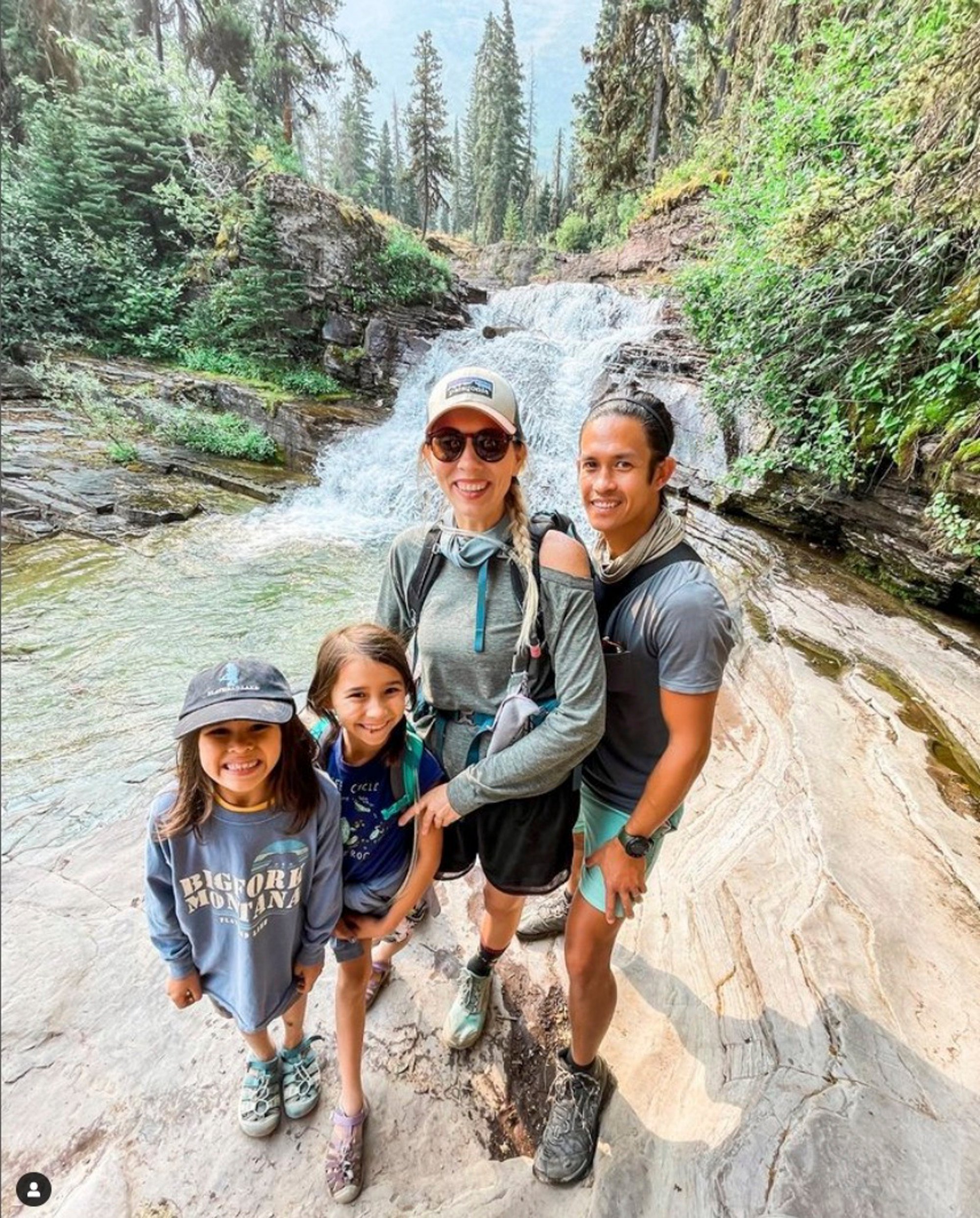
That prompted the couple to skip one of their favourite wild camping spots, California’s Alabama Hills, this year. The location used to be an easy escape with ample room to park, but the Grijalvas say last year’s crowds were so bad that the government had to block off certain campsites that were getting ruined by visitors.
At this point, they say, certain spots aren’t worth the hassle.
“There are only a few places that travellers like to flock to in the winter. And that’s really becoming the biggest headache for people,” Aaron says. “Even with [Lauren’s] expertise and her planning, it’s still hard to find spots at times.”
Lauren says she now plans the family’s routes and reservations months in advance, and always has a backup location in case a campground is full.
“It adds a level of stress that we didn’t really have before,” she says.
